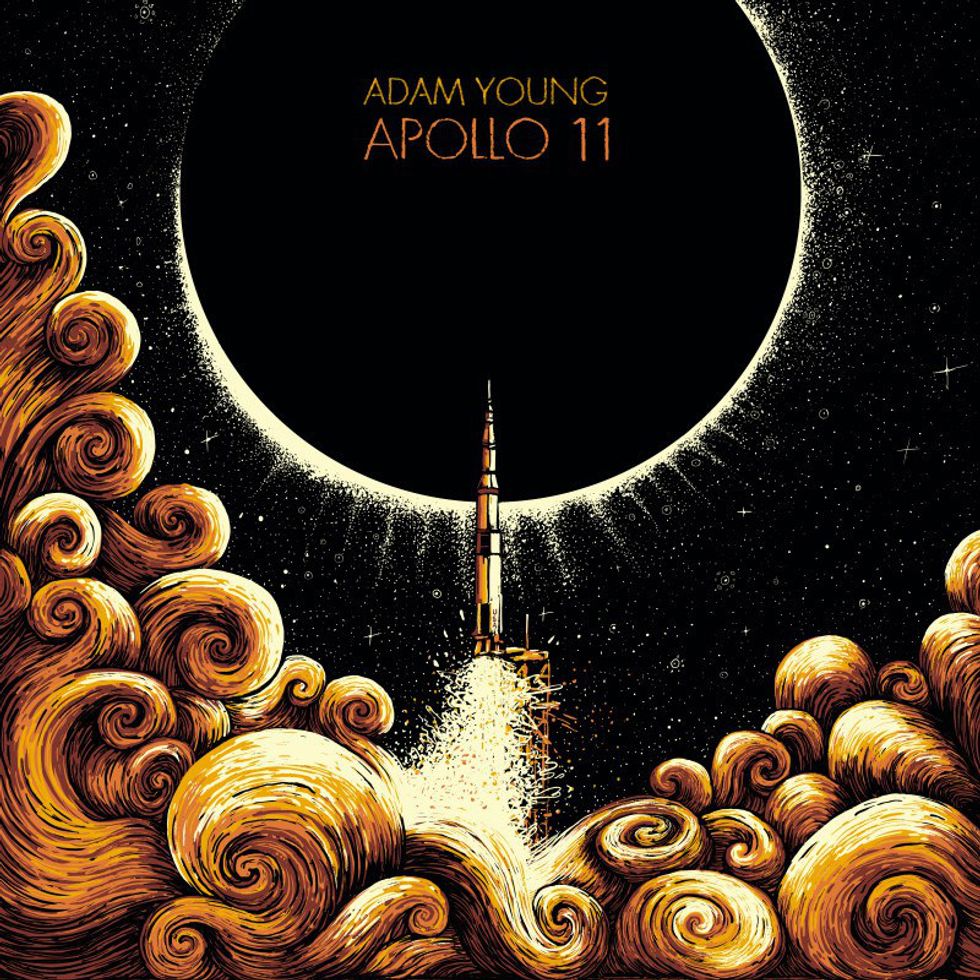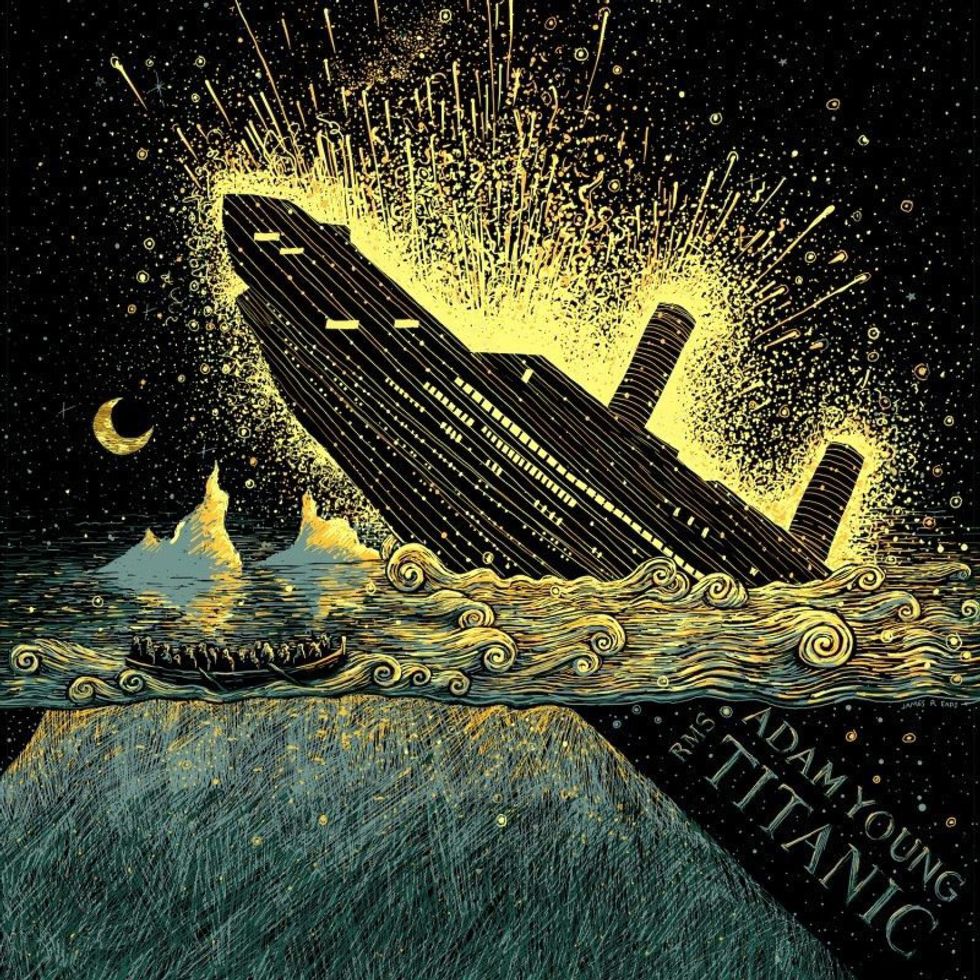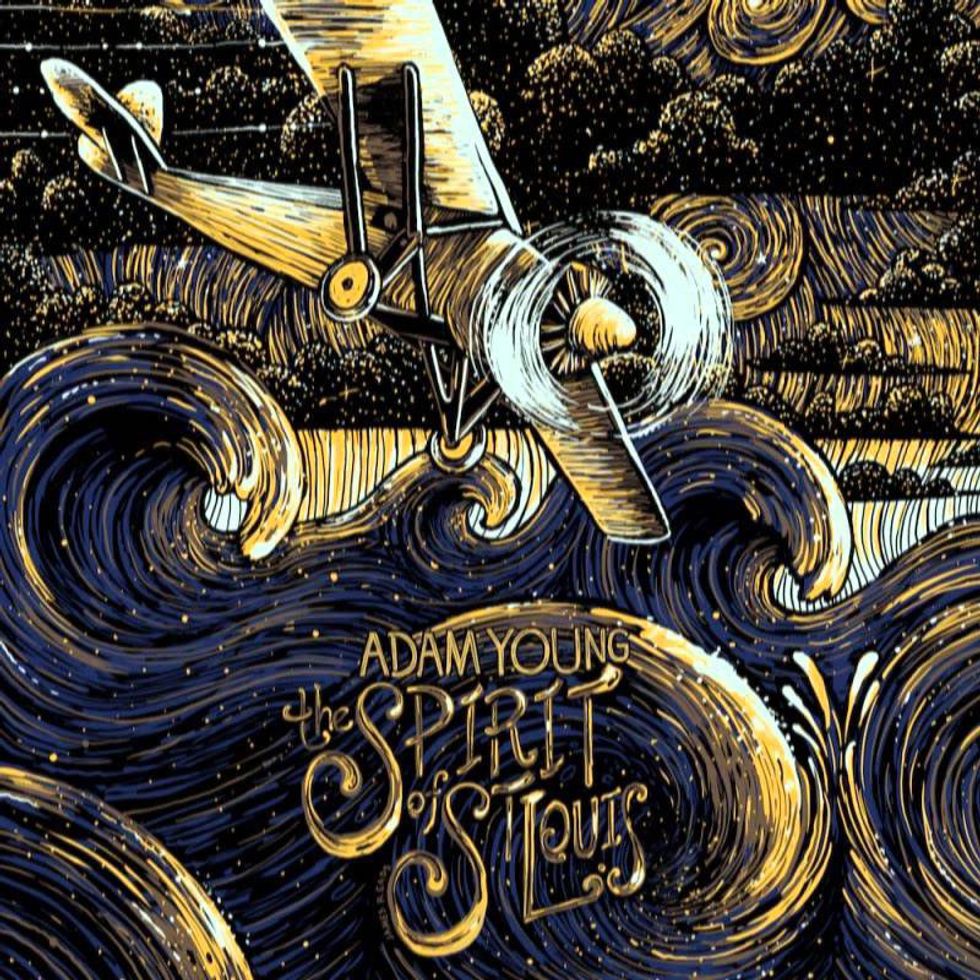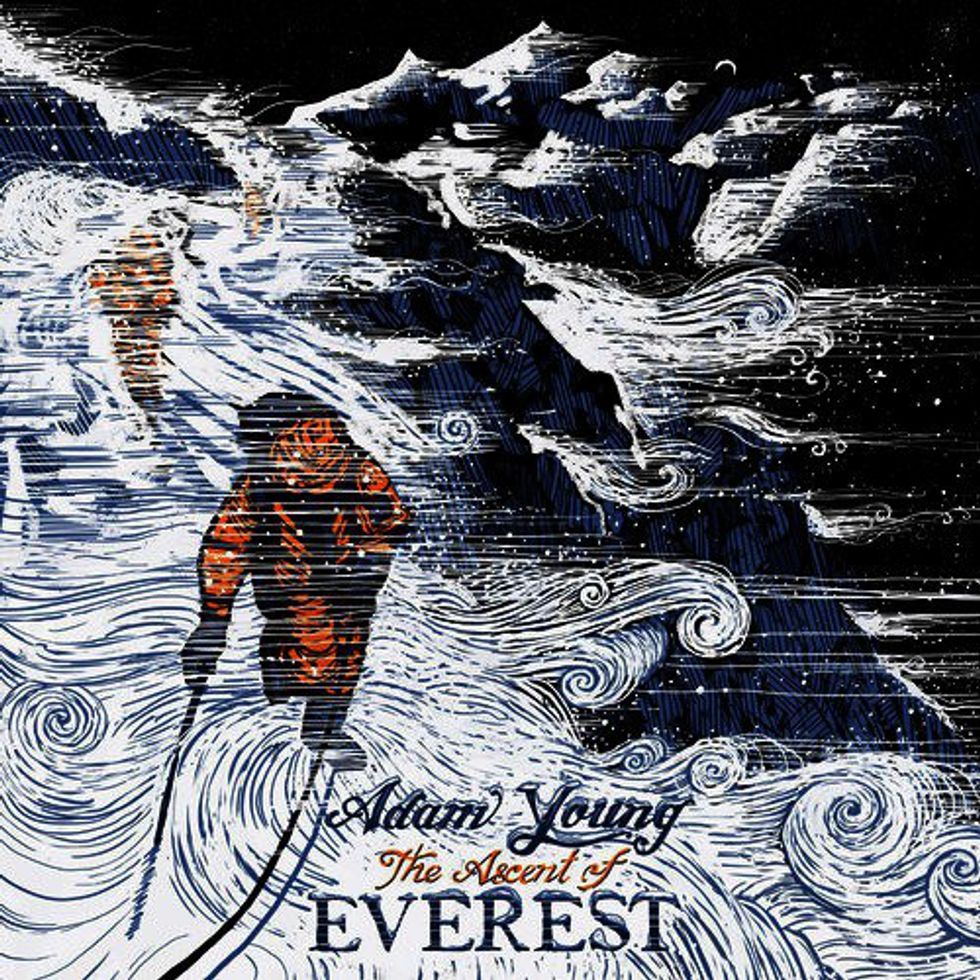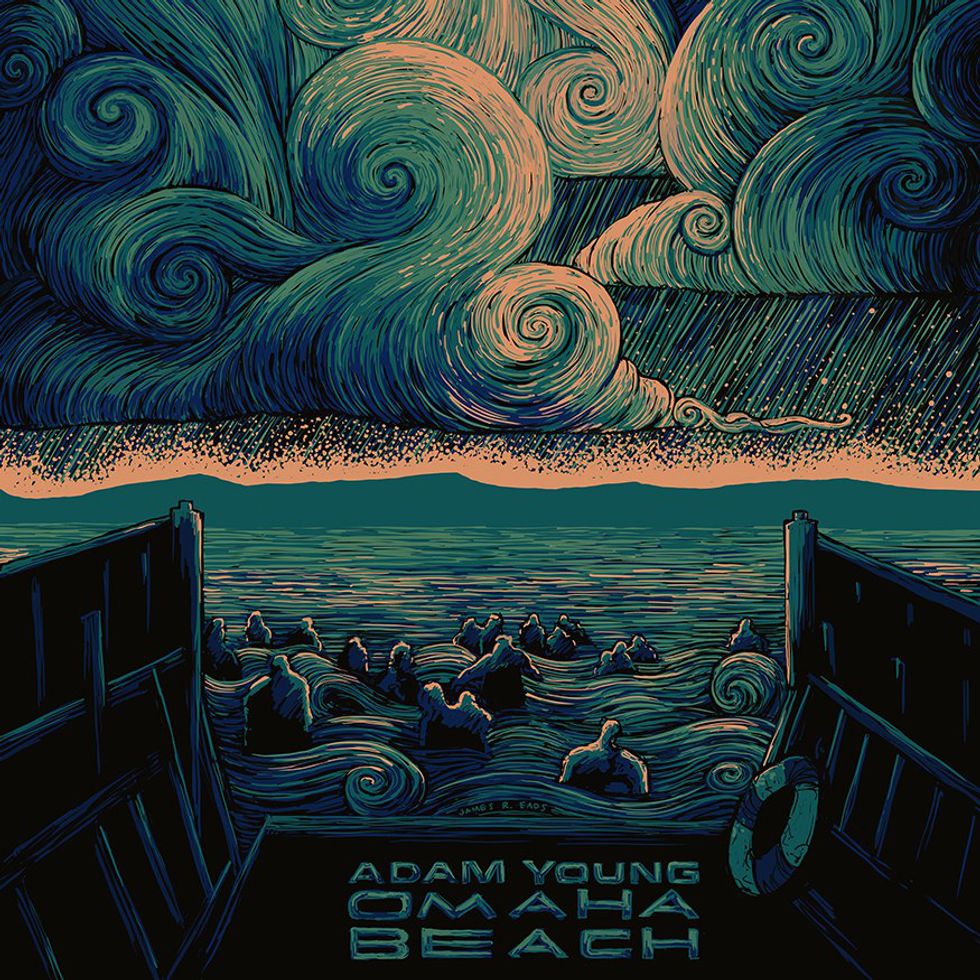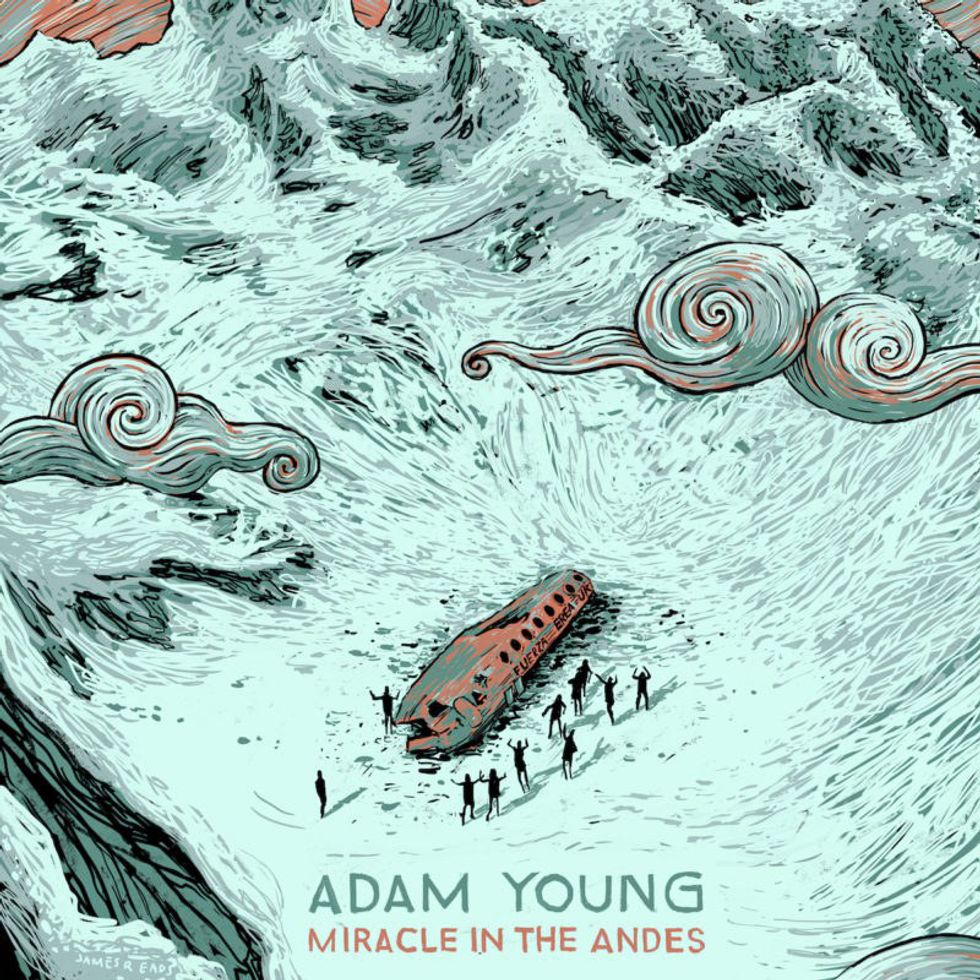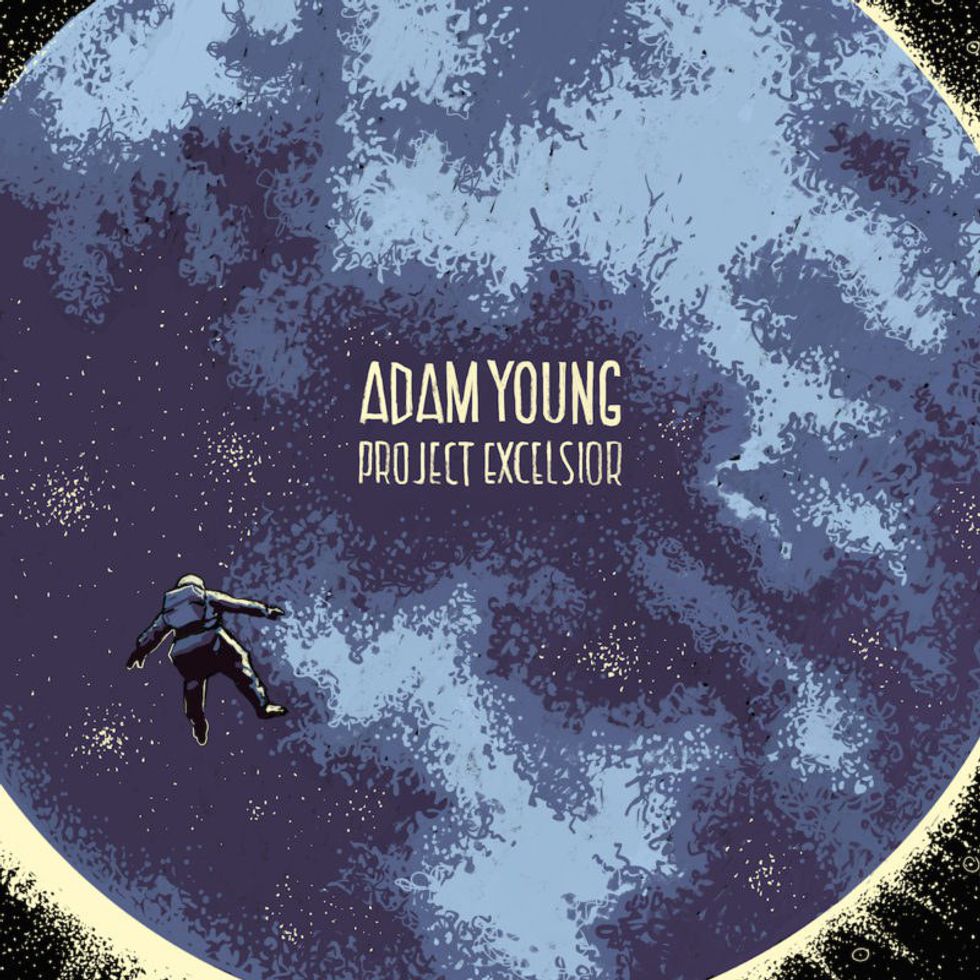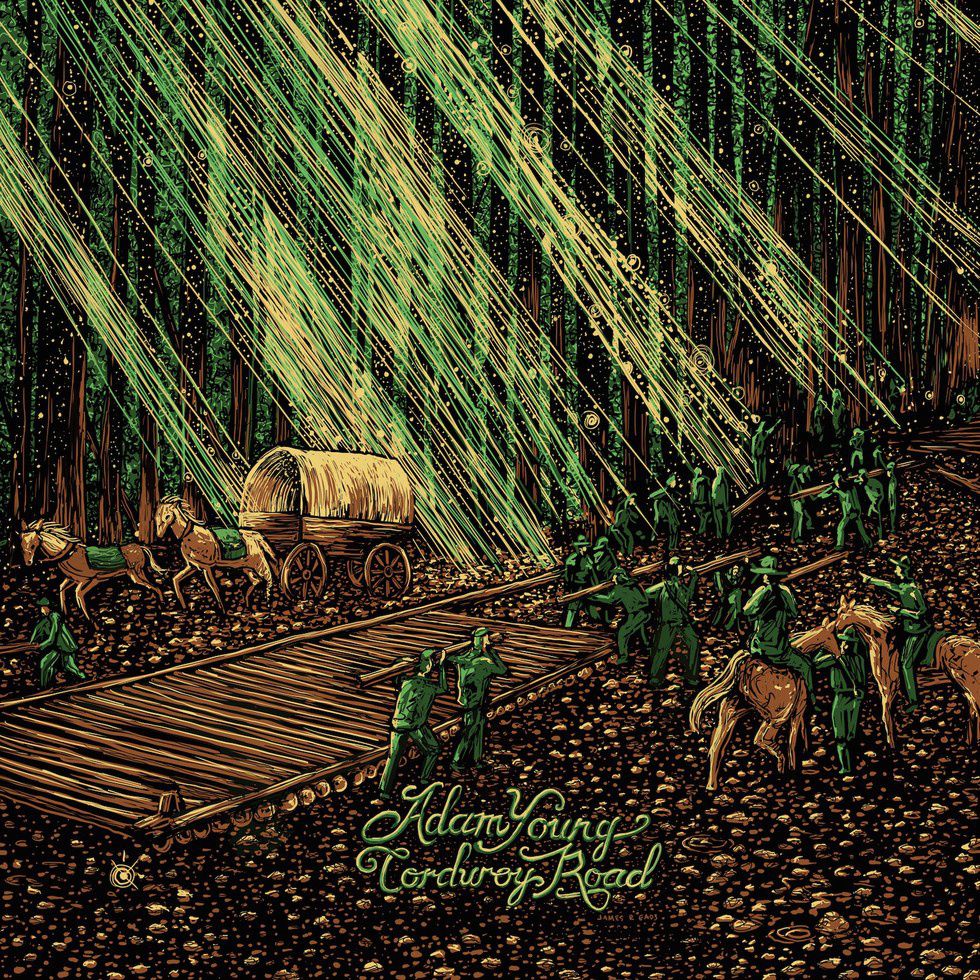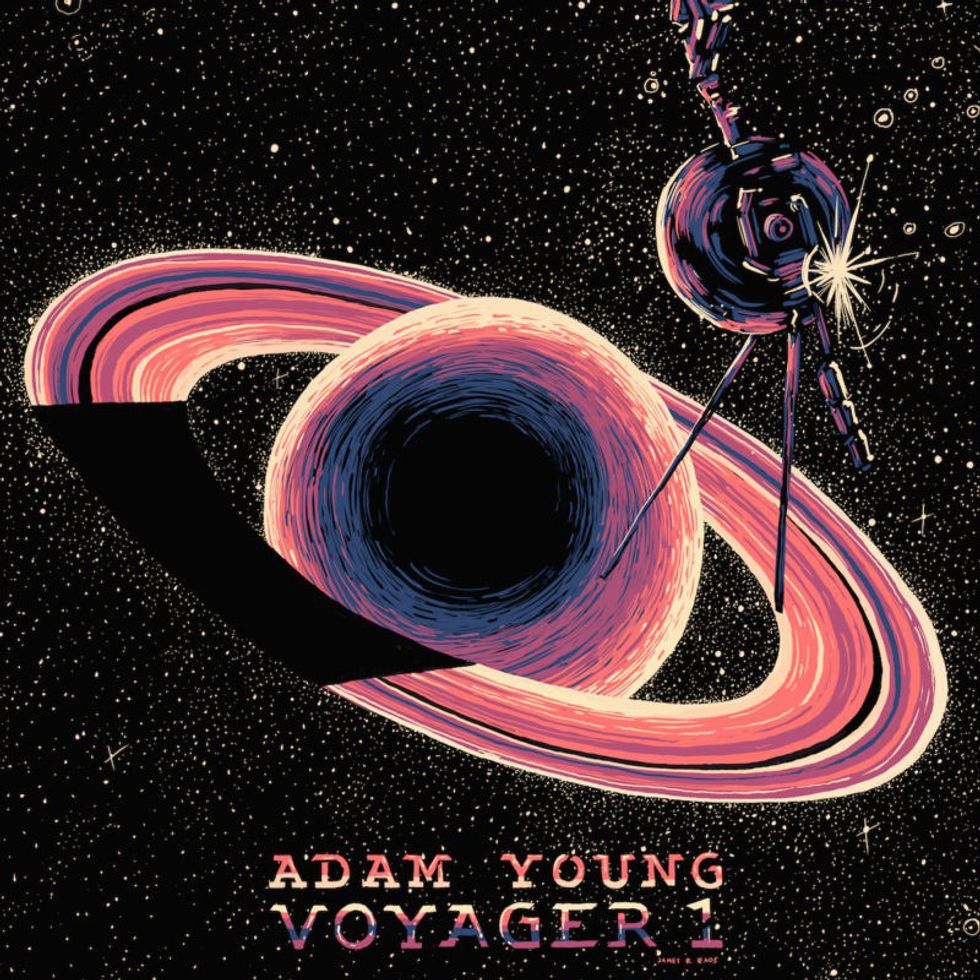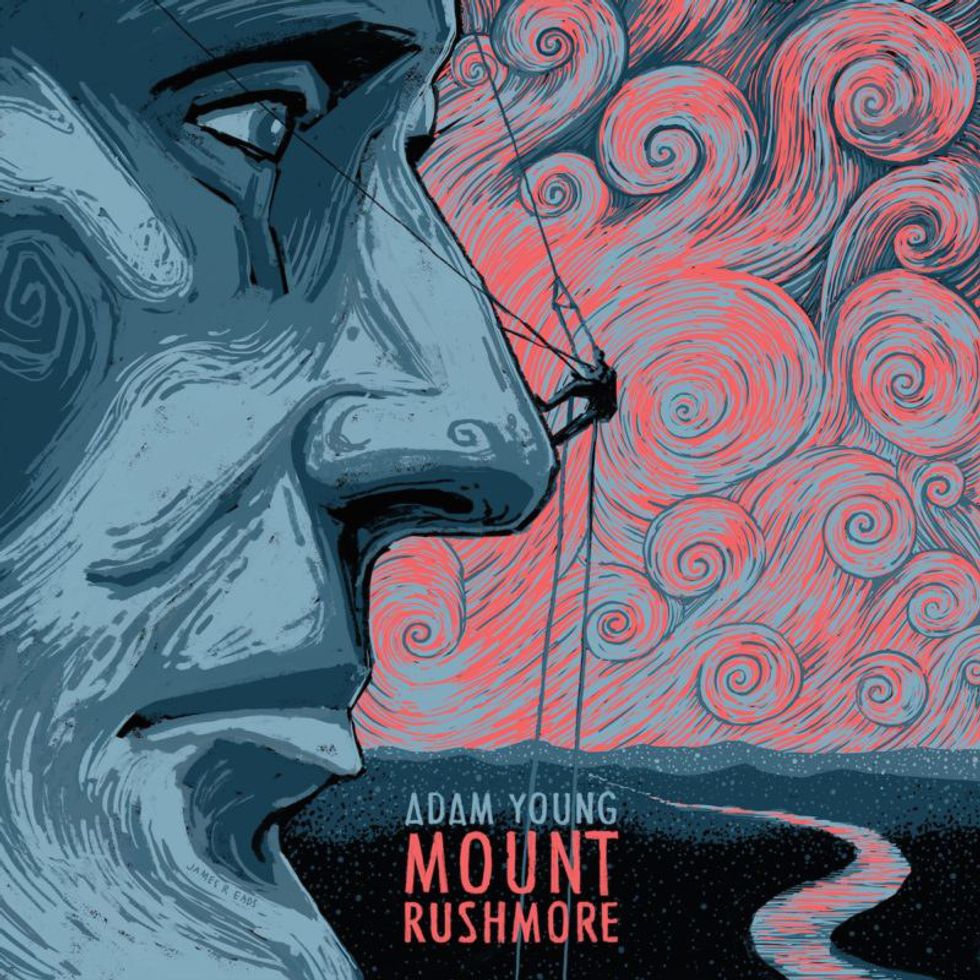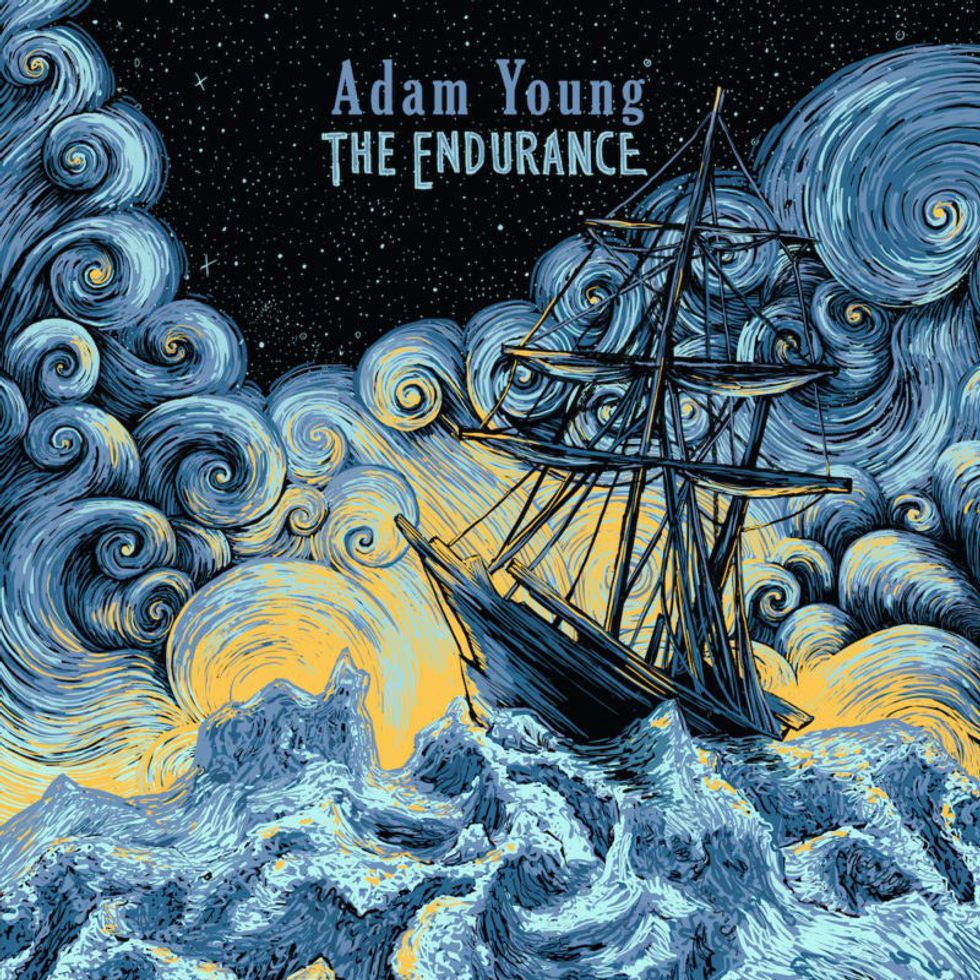As 2016 starts to draw to a close (finally), lots of people are talking about the year in review, whether that's politics, celebrities, books, etc. I'd like to add my voice to the end-of-year clamour and review this year in music. Specifically, the project of Adam Young to compose an album every month of this year.
You may better know Adam Young as Owl City, the artist behind the pop synth hit "Fireflies" the obnoxious collaboration with Carly Rae Jepsen on "Good Time," and the somewhat less obnoxious collaboration with Britt Nicole on "You're Not Alone" (oh, and let's not forget the disasterous relationship with Taylor Swift). Owl City started out with dreamy electronic songs like "Hello Seattle" and "On The Wing," progressively became more pop-y, and culminated with the appalling album of Midsummer Station where the only decent songs were "Silhouette" and the acoustic of "Gold." For the most part, I had lost all hope and was resigned to never seeing Adam Young's original sound artistry again.
However, around this time last year, Adam Young announced that he would be embarking on an ambitious project to produce an instrumental score for every month of 2016. Furthermore, he would be basing each around a significant historical event. As someone who is enamoured with instrumental scores (think Hans Zimmer, Alexandre Desplat, Danny Elfman, etc.), I was intrigued, and eager to see if Adam Young would redeem himself. So, without further ado, here are my thoughts on the 11 albums that Adam Young released this year.
1. Apollo 11
I'm not going to lie: this is my favourite album in this entire project, and I love it to bits. As a whole, Apollo 11 is lovely, with the story embedded into the music. Each individual piece, from Launch to Splashdown, fits together to form an arcing composition that is delightful and fitting for the historical journey of the Apollo 11 mission. Here's the opening piece, "Launch", put together with archival footage of the Apollo 11 flight.
2. RMS Titanic
RMS Titanic follows the infamous and ill-fated Titanic, from "Southampton" to the "Survivors." This album has a haunting quality to it, which befits the subject, There is no innate triumph or exhilaration like in Apollo 11—after all, we all know the terrible fate that awaits the ship. While I'm a little affronted that he didn't devote a piece to the musicians who went down with the ship while playing, each song is beautiful in its own way. "Southampton" is probably my favourite off of this album.
3. The Spirit of Saint Louis
This is probably my second favourite album of this project. The Spirit of Saint Louis is inspired by the historical event of when the Spirit of Saint Louis became the first plane to make a non-stop transatlantic flight in 1927. Some of the pieces are reminiscent of the music from Adam Young's first couple albums—when I first was listening through The Spirit of Saint Louis, I did a double take because parts of it sounded so much like his old songs, especially "Wheels Down." My favourite is "Nova Scotia."
4. The Ascent of Everest
The first ascent of Mt. Everest was made in 1953 by Edmund Hillary and Tenzing Norgay, marking one of the most monumental achievements of taking on the natural world. This is one of the shortest albums of the project, with only seven compositions. The music qualities are diverse, ranging from very light electronic music as in "Base Camp," but then heavy, dark bass and drums in "The Summit." I usually close my eyes and let the music carry me with its story, for all of these albums, but it's particularly helpful with this one. The most orchestral-sounding piece is "The Hillary Step."
5. Omaha Beach
Omaha Beach was the largest of the five landing areas when the Allied forces landed on the shores of Normandy for D-Day. Omaha Beach saw the highest number of casualties of the five beaches—many of the ships were sunk before they could land, and the high cliffs overlooking the beach were unfortunately utilized very well by the Germans. The music is urgent and dark, juxtaposing the violence of the fighting and a lament for the dead. If you listen to only one piece from this album, listen to "Troops Advance Inland."
6. Miracle in the Andes
I will admit that this is probably the most obscure one of the albums, and it is the one that I am least familiar with. It references the plane crash in 1972 that left some Uruguayan survivors in the Andes for over two months. Several books have been written about this incident, and the most infamous detail is that the survivors had to eat their dead to survive. It's not a happy album—the music is quiet and bizarre with no strong melodies or themes. The most concrete piece off of this album is "The Rider."
7. Project Excelsior
Project Excelsior has a lighter and more uplifting sound overall, with lots of acoustic guitar—I would even call it easy listening, for the most part. Project Excelsior was a project by Joseph Kittinger, and consisted of a series of jumps from the stratosphere to test a new parachute system. The significance is that it proved aircraft pilots could safely eject from high altitudes. "The Ascent" best captures the sound of adventure.
8. Corduroy Road
Corduroy Road was inspired by General Sherman's march to the sea during the Civil War. Corduroy roads are named after their appearance—they are makeshift roads built out of logs, making swampy and low ground passable for troops on foot. The music is comforting and laid back, much like period Civil War music. I like "Sherman" the best off of this album.
9. Voyager 1
Voyager 1 is the most electronic sounding of all these albums, in my opinion. It celebrates NASA's 1977 Voyager program, which sent space probes to explore and gather information about the outer reaches of the solar system. The music is very sci-fi-y, and I actually like it a fair amount. "1977" will give you a good sense for the album (and, it's the most popular one out of all the instrumental scores on Spotify).
10. Mount Rushmore
Hopefully you know what Mount Rushmore is. In this album, the pieces are inspired by the actual process of creating the four faces on a granite formation in the Black Hills of South Dakota. Mount Rushmore is also one of the two shortest albums in this series, with only seven titles. It has a slight Western flavour to it, with lots of big orchestral pieces, like "Construction."
11. The Endurance
The Endurance is the last album in the series, and was just recently released. It is named after the ship that carried Ernest Shackleford on his last expedition to Antarctica. The Endurance was caught by a polar ice pack in the Weddell sea, where it remained trapped and eventually sank from the crushing ice. The album tracks the expedition when it set sail to Shackleford's escape and journey to the British island of South Georgia at the tip of South America. The music is fairly eclectic, as you can here in the first song, "Shackleton."
In addition to a spectacular and redeeming performance overall by Adam Young—at least, in my opinion—I also discovered James R Eads, who is the artist that created these gorgeous album covers. Eads is a painter, specialising in digital artwork. He is best known for his painting-turned-gifs, like this one.
Eads has also begun to paint with Google's new Tilt Brush, a virtual reality program that allows the artist to paint in 3D. You can find him on Instagram or Facebook to see videos of his Tilt Brush paintings and to explore more of his work.






